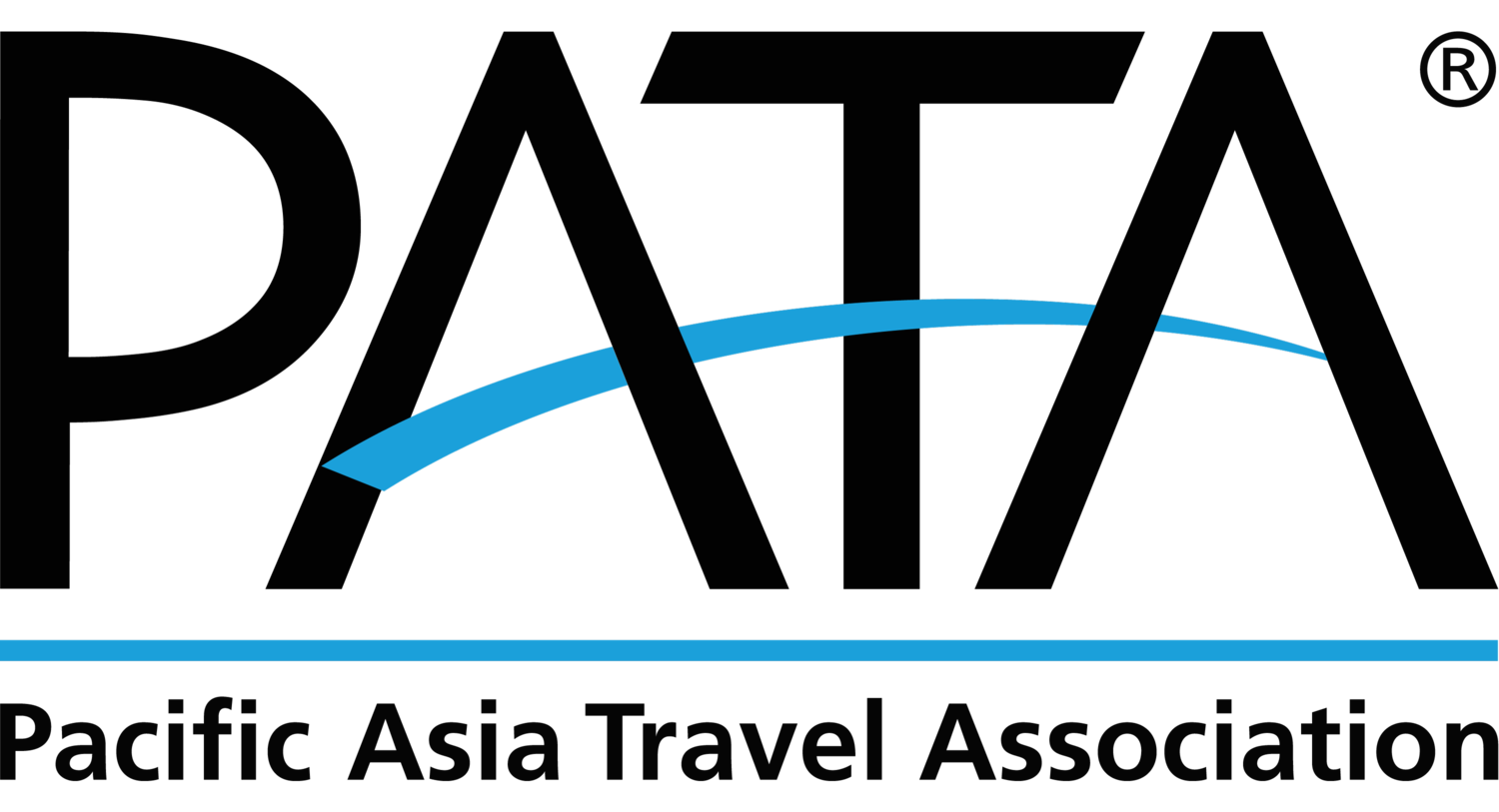Sojern : COVID-19: Insights on Travel Impact, APAC
Singapore, 9th November, 2020 - With our access to real-time traveller audiences and unmatched visibility into global travel demand, we’re in a unique position to share the current travel trends at the forefront of marketers’ minds. In this blog series, we’ll take a look at the data in order to aid travel marketers in their assessment of this worldwide event. They can use these trends to inform their marketing strategies during this period, as the industry stabilises.
These insights are based on data collected for the week ending 31st October, 2020. We are reviewing our data on a regular basis in order to provide an accurate view of trends and patterns in consumer behaviour. Sojern's insights are based on over 350 million traveller profiles and billions of travel intent signals, however it does not capture one hundred percent of the travel market.
Analysis On The Hong Kong And Singapore Travel Bubble Announcement
Hong Kong And Singapore Hotel Searches Since June
Please note - as per the ‘key’ in the charts through this article, Domestic (blue) refers to searches within the country and Non-Domestic (orange) is searches between the travel bubble countries.
Ever since the news of the travel bubble between Hong Kong and Singapore was announced in October, the interest in hotel searches in Hong Kong from Singapore has increased dramatically. As such, a 400% spike in intent is observed in the last three weeks indexed to June, as seen in the chart above. When looking at search intent from Singapore to Hong Kong, we see a 200% increase in intent.
However, since the announcement, we see a drop in searches between Hong Kong and Singapore and this could be due to the fact that both governments are still working together on finalising the details of travel between the two countries. It is expected that the travel bubble will officially kick start at the end of November.
When looking at our data for domestic hotel searches within Singapore and Hong Kong, it is clear that the staycation trend is still running strong. In Singapore, hotels and attractions are pushing hard to attract locals as Singaporeans (adults) plan to use their S$100 digital tourism vouchers called “SingapoRediscovers Vouchers” which will be accessible from December and can be used to offset ticket purchases and hotel stays until the end of June next year.
Hong Kong - Singapore Travel Bubble Future Travel Dates
When looking at future dates of travel between the two countries we observe some interesting trends. We saw a spike in flight searches the week of 11th October when the travel bubble was announced and continued higher interest since the announcement.
For the people searching in October, many are looking for immediate travel (as soon as travel opens in November) and also for December. We are also seeing interest in travel post-New Years and for Chinese New Year, which is in February 2021.
Analysis On The Australia And New Zealand Travel Bubble Status
Australia and New Zealand Flight Searches Since June
Australia and New Zealand have been among the first countries in Asia Pacific to open up international travel (Trans-Tasman only) since the COVID-19 pandemic changed the face of travel earlier this year. In early October, the Australian Government announced its plan to establish a Safe Travel Zone with New Zealand allowing travellers from New Zealand to enter the country quarantine-free. However, upon their return, New Zealanders will have to quarantine bearing a financial cost.
What is interesting is that even though the bubble is one-sided (New Zealand to Australia), our data shows a peak in flight searches starting in September and going into October between both countries. The world has taken lessons from the New Zealand government on how to successfully handle the pandemic so it is not surprising that this bubble opened up between New Zealand and Australia.
New Zealand - Australia Travel Bubble Future Travel Dates
When looking at future dates of travel between the two countries there is a peak in flight searches between October and December in New Zealand and Australia. However, as expected, the forward months (February to December 2021) searches are at a low, given the shorter lead time due to the pandemic.
We see a peak in flight searches from Australia to New Zealand, particularly in November and December. It is said that approximately 568,000 New Zealanders live in Australia which could be a reason as to why there is a peak in flight searches where citizens could be looking to return for the upcoming festive season.
Additionally, in November, we see a notable spike in travel searches from New Zealand to Australia. It is also encouraging to see that there is some momentum of flight searches into the first quarter of 2021. Travellers are searching for winter travel between New Zealand and Australia (spike in July 2021 searches), possibly for the ski season, this was not the case for Hong Kong and Singapore which remains flat.
Conclusion
The findings this month include an analysis of the travel bubbles announced between Hong Kong and Singapore and the travel intent around this. The trends are bound to change once this comes to life at the end of November. Also, we have analysed the travel bubble that has come into effect for Australia and Zealand, and how this is reflected in our flight searches data.
We will continue to share more insights as we monitor the situation. These forward looking insights will hopefully help travel marketers shape their strategies as the industry recovers from this outbreak.
For the rest of the COVID-19 insights series click here.




